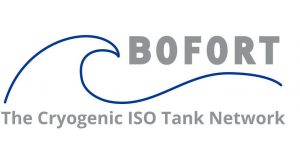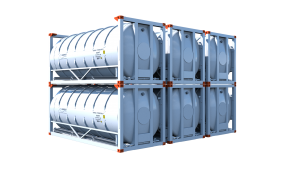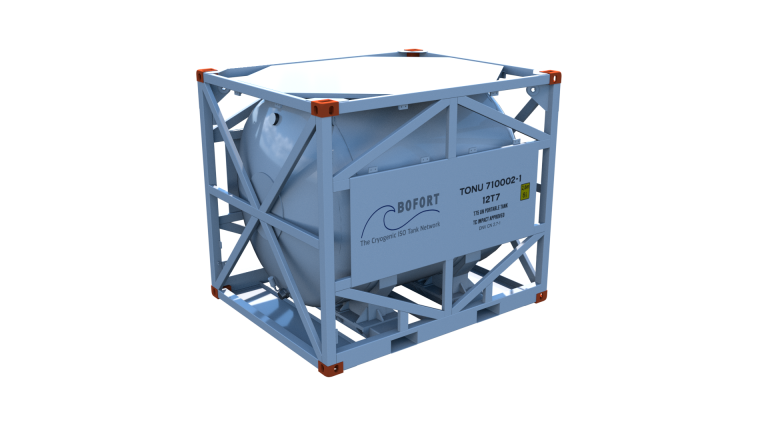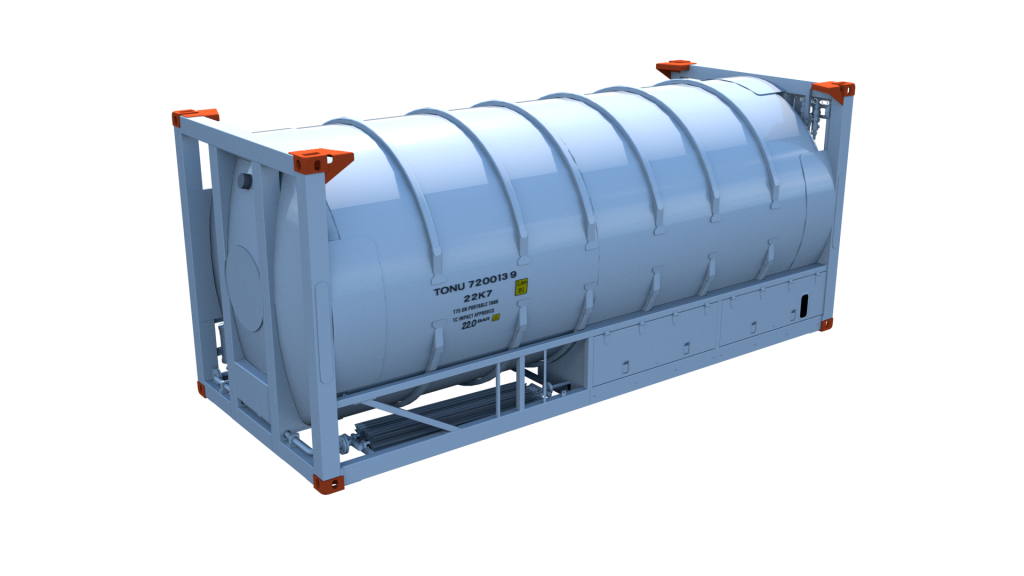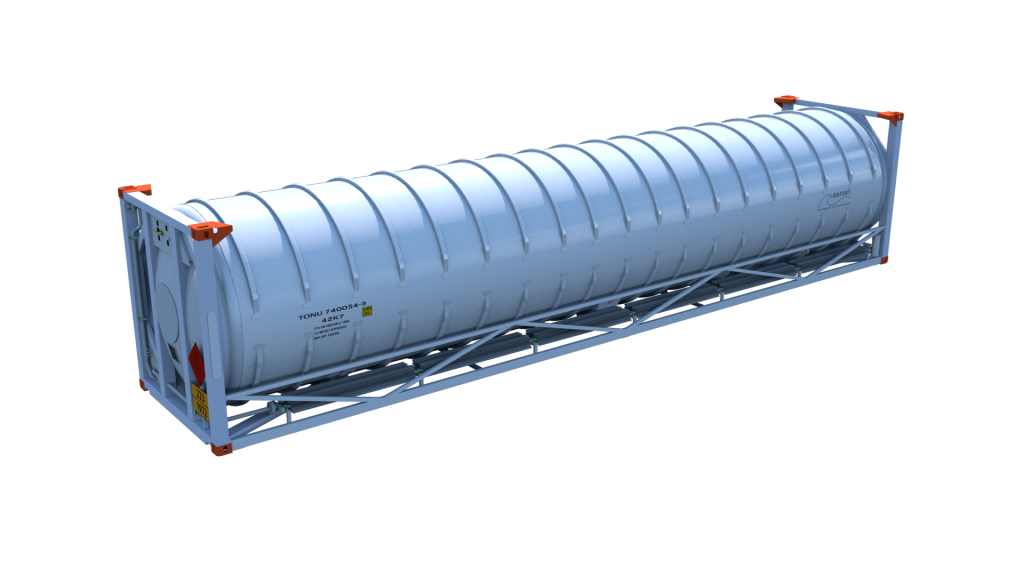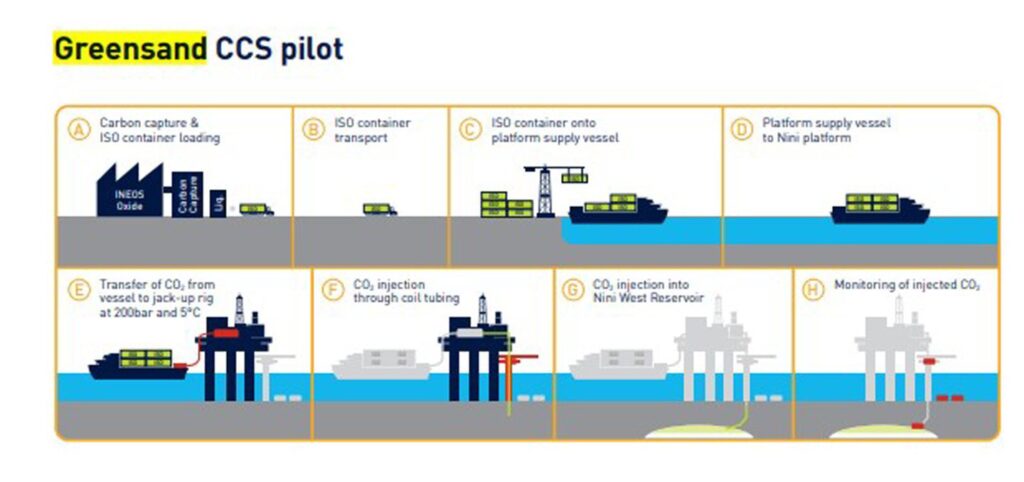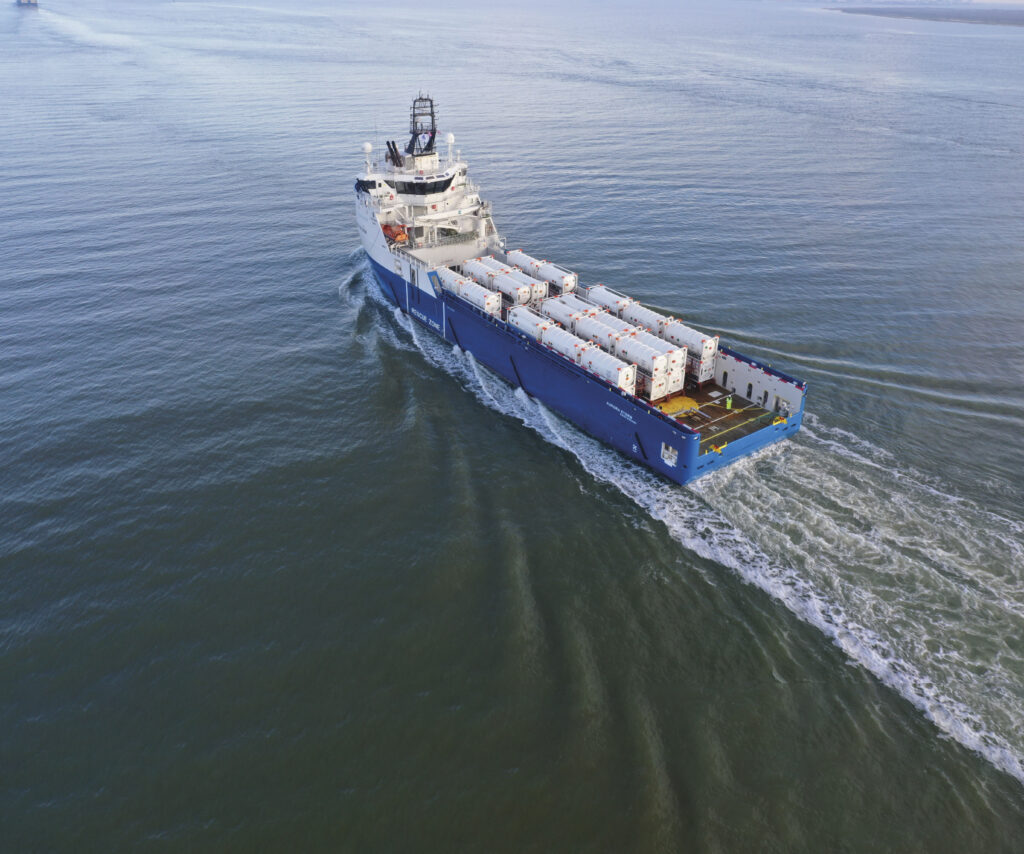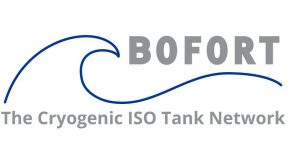Making carbon capture and storage possible today
Bofort is actively involved in various carbon capture and storage (CCS) projects. The most notable of our carbon capture projects is with Blue Water Shipping A/S, Denmark and Project Greensand, in which we are the exclusive provider of a large number of ISO tanks moving liquid CO2 from Antwerp to the Nini West field in the North Sea, offshore Denmark, during the first phase of this project (Q1-2023).
What is Carbon Capture?
Carbon capture is a way of reducing or minimising carbon emissions.
Carbon capture technology is a process with three steps.
- Capture and separate the carbon (CO2) from emissions generated by industrial or human activities or power generation.
- Transport the carbon – As proven in the Project Greensand pilot phase, Bofort’s ISO tanks are ideally suited to move and store liquid CO2 safely and reliably in harsh conditions.
- Store the carbon deep underground, rendering it harmless.
Carbon Dioxide: A Necessary and Useful Gas
Carbon dioxide is a gas that is essential for life on Earth. Humans need carbon dioxide to regulate respiration and control blood pH. Plants use carbon dioxide to create oxygen through photosynthesis.
However, carbon dioxide is also a greenhouse gas, which means that it traps heat in the atmosphere. This can contribute to climate change. As a result, there is increasing policy and legislation being enacted around the world to limit CO2 atmospheric emissions.
Despite its negative environmental impact, carbon dioxide also has many beneficial uses in society. Here are just a few:
- Food preservation: Carbon dioxide can be used to preserve or freeze foods. Liquid carbon dioxide or dry ice is used to quickly freeze foods. This preserves their color and texture by limiting the formation of ice particles.
- Meat and poultry processing: Carbon dioxide is used throughout the meat and poultry industry in such applications as animal stunning and to keep meat cool during blending.
- Medical applications: Dry ice is often used in many medical applications such as flash freezing biological samples, removing growths, and providing refrigeration for vaccines and other cooled medications during transportation.
- Agriculture: Carbon dioxide is used to create enhanced growing atmospheres in greenhouses and similar growing environments. The enhanced atmosphere promotes better, faster growth with higher product yields.
- Water and wastewater treatment: Carbon dioxide is used in water and wastewater treatment to control pH. Alternatives, such as acid and chlorine, are available, but they have serious health and safety concerns.
- Cleaning: Dry ice is used across many industries to clean surfaces and increase sanitation without introducing environmental toxins that are produced using other cleaning materials. It can also be used as an environmentally friendly way to quickly stop leaks and remediate industrial spills, leaving no waste product behind after the cleanup effort.
- Medical diagnostics: Carbon dioxide is used with oxygen and other gases in specialty gas mixtures to help diagnose disease. For example, mixtures of oxygen with varying amounts of carbon dioxide are used to assess lung function for patients with respiratory diseases such as chronic obstructive pulmonary disease (COPD).
- Solvents: Carbon dioxide is an effective cleaning solvent, used in industries such as semiconductor or electronic manufacture, eliminating the need to use other solvents with known physiological or environmental problems. Dry ice is also used for blast cleaning, replacing sand and other grit materials.
- Carbonated beverages: Carbon dioxide puts the “fizz” into carbonated beverages. Without carbon dioxide, many beverages, such as soda, soft drinks, and beer, would be very flat.
As you can see, carbon dioxide is a versatile gas with many beneficial uses. While it is important to be aware of its potential environmental impact, we should also recognize its importance to life on Earth.
Source: www.cganet.com
